
by Lucy Pastier
My relationship with Temple Beth Am in ninth grade was a strange one. A year earlier, my classmates and I had officially entered the world of adulthood in the reform Jewish community, having undergone our Bar and Bat Mitzvahs. Normally this would mean the dangling carrot that had motivated us to give up our Sunday mornings and Tuesday evenings had disappeared. We were now adults, free to decide if getting up in front of the congregation was the beginning of an earnest spiritual component of our lives, or an opportunity to take the checks in amounts of multiples of $18 and run. I decided to continue attending religious classes, since staying until the tenth grade meant I would get a deeply discounted trip to
Religious class had previously consisted of two components: Hebrew and Judaica. We no longer had to study Hebrew, which came as a huge relief to me since nothing about the language ever properly clicked in my head. This year, the focus had also switched from specifically Jewish theology to a comparative religions course. As a result, after reading and discussing each religion’s basic belief system, we frequently took trips to houses of worship to see different religious services. In retrospect, it seems a bit strange that a religious institution would go to great lengths to introduce other religious views to their younger congregants, but such was Beth Am’s policy. And while I had previously understood reform to be the most liberal of the Jewish branches, I realized my naive mistake when we began our section on Reconstructionist Judaism.
Before going to the Reconstructionist Shabbat morning service at Kadima, we were given a brief primer of their background. It was a movement that had started in the
The congregation at Kadima had no permanent space of their own. The service was held in a sparse and nearly empty room in a
A woman with blonde curly hair stepped up to the front of the room to face the rows of folding chairs where the participants sat. She was not the permanent Rabbi; she was only visiting and acting as the guest leader for this service. After introducing herself and the philosophy behind this particular service, she asked us to look around the room and choose a prayer buddy. This prayer buddy would be someone who you prayed for, so that your spiritual thoughts and well wishes would not be limited to yourself. Instead of making me feel secretly protected or admired, the whole concept bothered me—there was no way to ensure that everyone would have a prayer buddy, since this was all done in secret. This was not a spiritual secret Santa, with everyone drawing a name from a hat. What if two people chose the same prayer buddy, and that person got twice the protection as others? I was also convinced that most of the guys would end up praying for the girl with the biggest tits, while I would be left to fend for myself in the spiritual realm. My teenage insecurities did not mesh with the selfless goals that this woman had in mind.
The service continued on in a manner that was so casual, it almost felt as if they religious or spiritual aspects were last minute additions. She told personal anecdotes which she shoehorned examples of Jewish ethics into. My fellow students and I weren’t sure how to handle the whole situation. While we found ourselves mildly uncomfortable, it really wasn’t a whole lot worse than being stuck in a boring conversation. We sat respectfully waiting for the service to be over so we could get on with our day.
Then the moment came when the mild discomfort boiled over and became undeniable.
The woman began to recount the story of Sarah giving birth to Isaac. Where this story appeared was unclear, since no one I’ve spoken to since then recalls it being in the Torah. As her story went, Sarah and Abraham were quite old when they were told by visiting angel they would give birth to a son. While they did not believe the news at first, they eventually became overjoyed at the news. However, when Sarah actually went into labor, the whole ordeal proved incredibly trying for her ninety-year-old body. The pain was so excruciating, she found herself cursing God, asking what she had done to deserve such anguish. The woman told us that Sarah was so focused on her own suffering that she lost sight of the fact that she was bringing a new life into the world.
“So,” the woman told us pointedly, “next time you find yourself in an immense amount of pain – emotionally or physically – stop and ask yourself, ‘What is coming out of this experience? What am I giving birth to?’ ”
As soon as these words left her mouth, a woman in the back of the room burst into tears. Deep gasping sobs filled the room. Shocked by the sudden outpour of emotion in an otherwise uneventful, if not highly unorthodox service, I found myself completely unsure of what to do. Should I look at her? Would eye contact be a sign of support, or would my facial expression betray any good intentions I might have had? Was this a private moment of pain? What horrible experience triggered that reaction to the question “What am I giving birth to?” And above all, Dear Lord, how long was this going to last?
After a moment or two of decreasing sobs, the visiting Rabbi continued, unfazed. I can’t recall if I attempted to make eye contact with any of my classmates for a moment of recognition, or if I was too stunned by this very public display of emotion to move at all. I know I felt my entire class disconnect from the room emotionally. My curiosity finally got the best of me, and I snuck a peak to the back of the room. The now (quietly) sobbing overweight, middle-aged woman was being comforted by a companion. Even if a room full of fifteen-year-olds tried to pretend she did not exist, at least someone was there to shoulder her burden.
The service may have ended there or gone on for days, I remember nothing beyond that point. While I think her analogy was deeply flawed, I remember engraving those words on my brain. Throughout the rest of the service, I silently sat in my folding chair, imagining the trip to


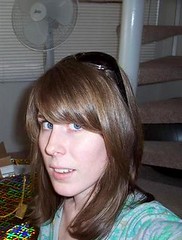



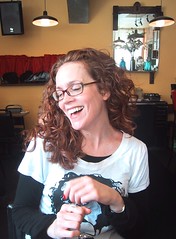


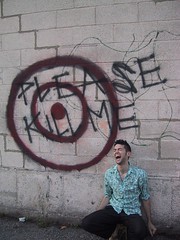

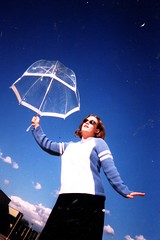


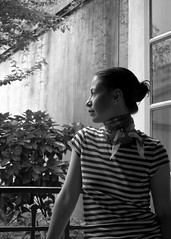
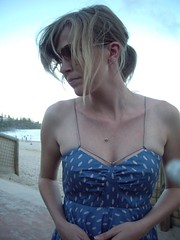
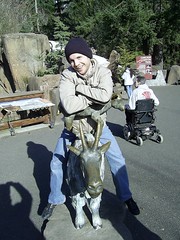


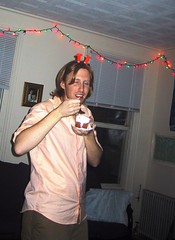

No comments:
Post a Comment